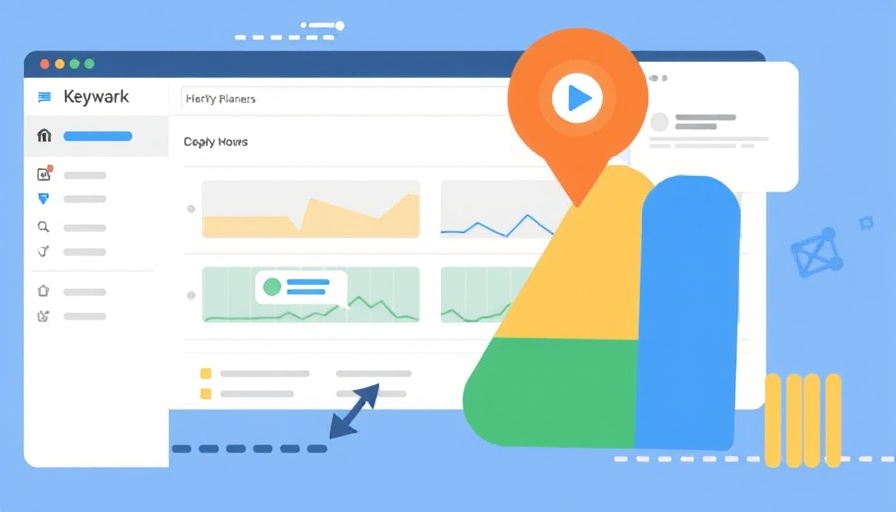
How to Master Google Keyword Planner for Business Growth
Effective keyword research is a cornerstone of online success, especially for small and medium-sized businesses looking to carve out a niche in competitive markets. Google Keyword Planner, a tool traditionally tailored for pay-per-click (PPC) advertising, can also be repurposed for robust search engine optimization (SEO) strategies. Here’s how to harness its full potential.
Understanding Google Keyword Planner: The Basics
Google Keyword Planner is a free keyword research tool integrated into the Google Ads platform, providing insights into the search terms users type into Google. It not only reveals the frequency of these searches but also sheds light on the price advertisers pay for clicks. Adding this tool to your arsenal means you can stay ahead of the curve in both PPC and SEO strategies, as it allows businesses to identify key phrases that resonate with their target audience.
Step 1: Accessing Google Keyword Planner
Gaining access to Google Keyword Planner is the first crucial step. You will need a Google Ads account, but running ads is not necessary to utilize this tool. Start by switching to Expert mode to unlock its full capabilities and link your Google Search Console for enhanced data.
Step 2: Finding New Keywords Effectively
To discover relevant keywords, select the “Discover new keywords” option within the tool. This feature allows you to enter specific keywords or a URL to generate ideas. For instance, if you own a boutique that sells leather handbags, entering the URL of your website can provide personalized suggestions. Be mindful, however, that Google Keyword Planner often yields fewer suggestions compared to other tools, so it may be beneficial to use it in tandem with other keyword research platforms.
Step 3: Filtering for Relevance
Once you generate a list of potential keywords, use the filtering function to narrow down results to the most pertinent terms. This refinement process can help you hone in on phrases that align closely with your offerings. For example, if your leather handbags come in a specific color palette, excluding irrelevant color terms will sharpen your focus.
Step 4: Analyzing Keyword Volume and Competition
Keyword volume is crucial for understanding how many users are searching for a particular term monthly. This metric plays a vital role in determining the potential traffic to your website. Additionally, analyzing competition levels allows you to gauge how many advertisers are vying for the same keyword.
Maximizing the Use of Google Keyword Planner for SEO and PPC
While designed for PPC campaigns, this tool also holds value for SEO research. Entrepreneurs can leverage the keyword insights to develop content that fulfills the intents of their audience, ultimately driving organic traffic. Incorporate these keywords into website content, product descriptions, and social media to build a strong online presence.
Challenges with Google Keyword Planner
Despite its advantages, Google Keyword Planner does have limitations. The tool's suggestions can sometimes be narrower compared to dedicated SEO platforms that may list thousands of potential keywords. Therefore, combining data from various sources might yield a more comprehensive keyword strategy.
Future Trends: Enhancing Keyword Strategies
As digital marketing evolves, anticipating shifts in consumer behavior will be vital. Leveraging AI-driven keyword analysis tools may soon play an increasingly significant role. These advanced tools could provide greater accuracy in keyword research, allowing businesses to refine their SEO and PPC strategies further.
Conclusion: Seize Your Competitive Edge
The utilization of Google Keyword Planner can empower small and medium-sized businesses to streamline their marketing strategies. By effectively researching and filtering keywords, companies can enhance their visibility online. Furthermore, the insights gained from using this powerful tool can lead to informed decisions that drive traffic and conversions. Don't miss out on the opportunity to elevate your online marketing efforts!
 Add Row
Add Row  Add
Add 



Write A Comment